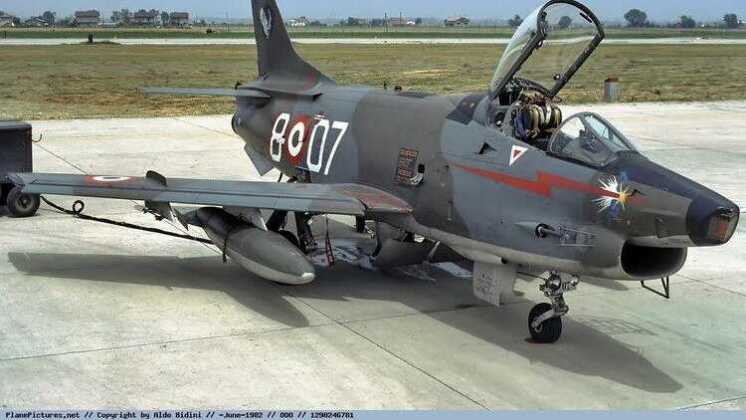Post some interesting quirks about your military's strategies; the best way to decide this is to look at what nations are nearby, how your nation interacts with them - if hostile, would you imagine being on the defensive or offensive? What's the terrain like? What kind of vehicles could you field there? It's about forming a strategy on how your nation intends to fight its next war.
This isn't intended for you to just post your entire nation's strategies, but instead some minor details on a particular thing your nation expects to happen, and how it's prepared for this. Or possibly what it doesn't expect or it isn't prepared for either.
For example, I'll give some details on Xentherida:
Being located on Collandris, a continent separate from all other nations except one by ocean, Xentherida has placed a high emphasis on securing and retaining naval supremacy. While traditionally a role suited for the navy, in modern times this has been supplanted by aircraft. The ability to, at minimum, deny enemy vessels the ability to approach Xentheridan shores, is seen as a vital objective for Xentherida. Therefore the nation has amassed vast quantities of anti-ship missiles, mostly long range air launched missiles, to enable enemy fleets to be attacked from afar (to compensate for a lack of ground-based fifth generation fighters - only the Xentheridan navy is in (rather limited) possession of stealth fighters, as the regular air force has elected to pursue development of sixth generation fighters instead) whether to attack ships from far away or close (in this case missiles would be fired while the aircraft was deep into Xentheridan airspace) to allow Xentherida to keep its aircraft out of range of enemy air defences, preserving a vital resource.
The Xentheridan naval strategy puts, quite ironically, heavy emphasis on the use of air power - one key example of this is the use of strategic bombers to support distant operations of the Xentheridan fleet. The Eklund B-51 Bombkatt swing-wing strategic bomber can be loaded with up to 24 long-range anti ship missiles, which can be used in operations ranging from a first strike against naval vessels in port, or to provide long-range support against enemy fleets, especially useful when targeting individual screening ships for an enemy's main fleet to weaken its defences before the Xentheridan fleet proper is in range. However, these bombers are only land based, and thus are only able to operate within roughly 6000 km of friendly bases - combining the combat range of the B-51 and the missile.
Xentherida possesses just 42 B-51 bombers, but nearly 500 multi-role fighters from both the air force and navy.

This isn't intended for you to just post your entire nation's strategies, but instead some minor details on a particular thing your nation expects to happen, and how it's prepared for this. Or possibly what it doesn't expect or it isn't prepared for either.
For example, I'll give some details on Xentherida:
Being located on Collandris, a continent separate from all other nations except one by ocean, Xentherida has placed a high emphasis on securing and retaining naval supremacy. While traditionally a role suited for the navy, in modern times this has been supplanted by aircraft. The ability to, at minimum, deny enemy vessels the ability to approach Xentheridan shores, is seen as a vital objective for Xentherida. Therefore the nation has amassed vast quantities of anti-ship missiles, mostly long range air launched missiles, to enable enemy fleets to be attacked from afar (to compensate for a lack of ground-based fifth generation fighters - only the Xentheridan navy is in (rather limited) possession of stealth fighters, as the regular air force has elected to pursue development of sixth generation fighters instead) whether to attack ships from far away or close (in this case missiles would be fired while the aircraft was deep into Xentheridan airspace) to allow Xentherida to keep its aircraft out of range of enemy air defences, preserving a vital resource.
The Xentheridan naval strategy puts, quite ironically, heavy emphasis on the use of air power - one key example of this is the use of strategic bombers to support distant operations of the Xentheridan fleet. The Eklund B-51 Bombkatt swing-wing strategic bomber can be loaded with up to 24 long-range anti ship missiles, which can be used in operations ranging from a first strike against naval vessels in port, or to provide long-range support against enemy fleets, especially useful when targeting individual screening ships for an enemy's main fleet to weaken its defences before the Xentheridan fleet proper is in range. However, these bombers are only land based, and thus are only able to operate within roughly 6000 km of friendly bases - combining the combat range of the B-51 and the missile.
Xentherida possesses just 42 B-51 bombers, but nearly 500 multi-role fighters from both the air force and navy.

Last edited:





